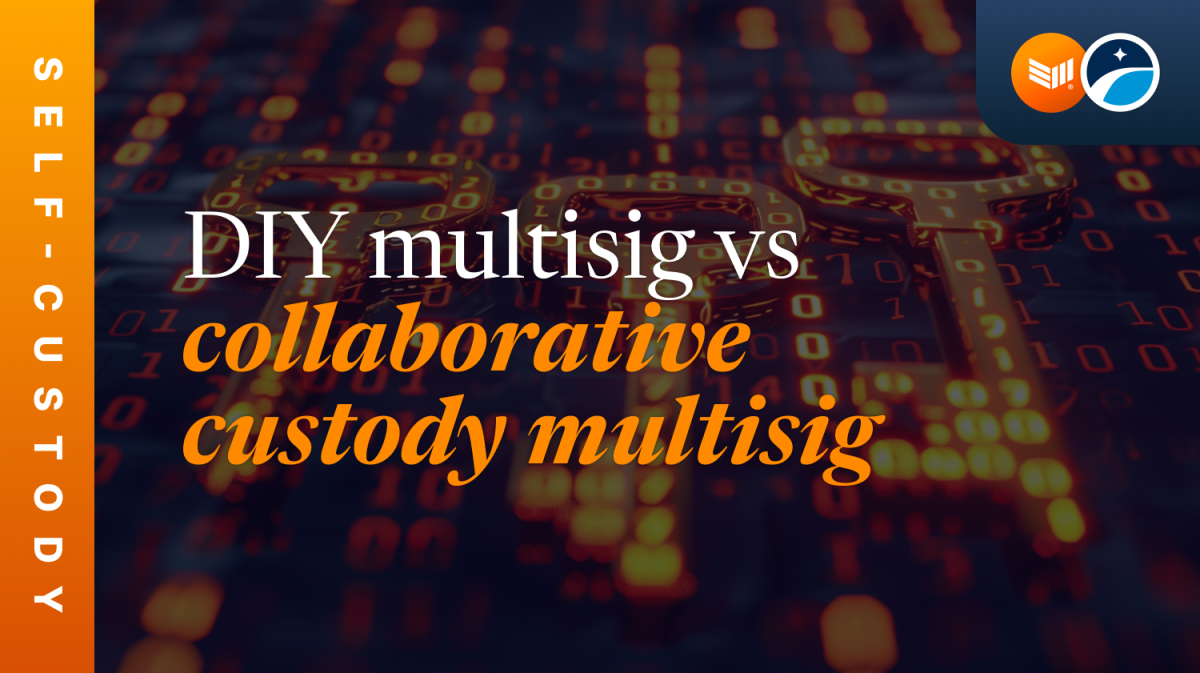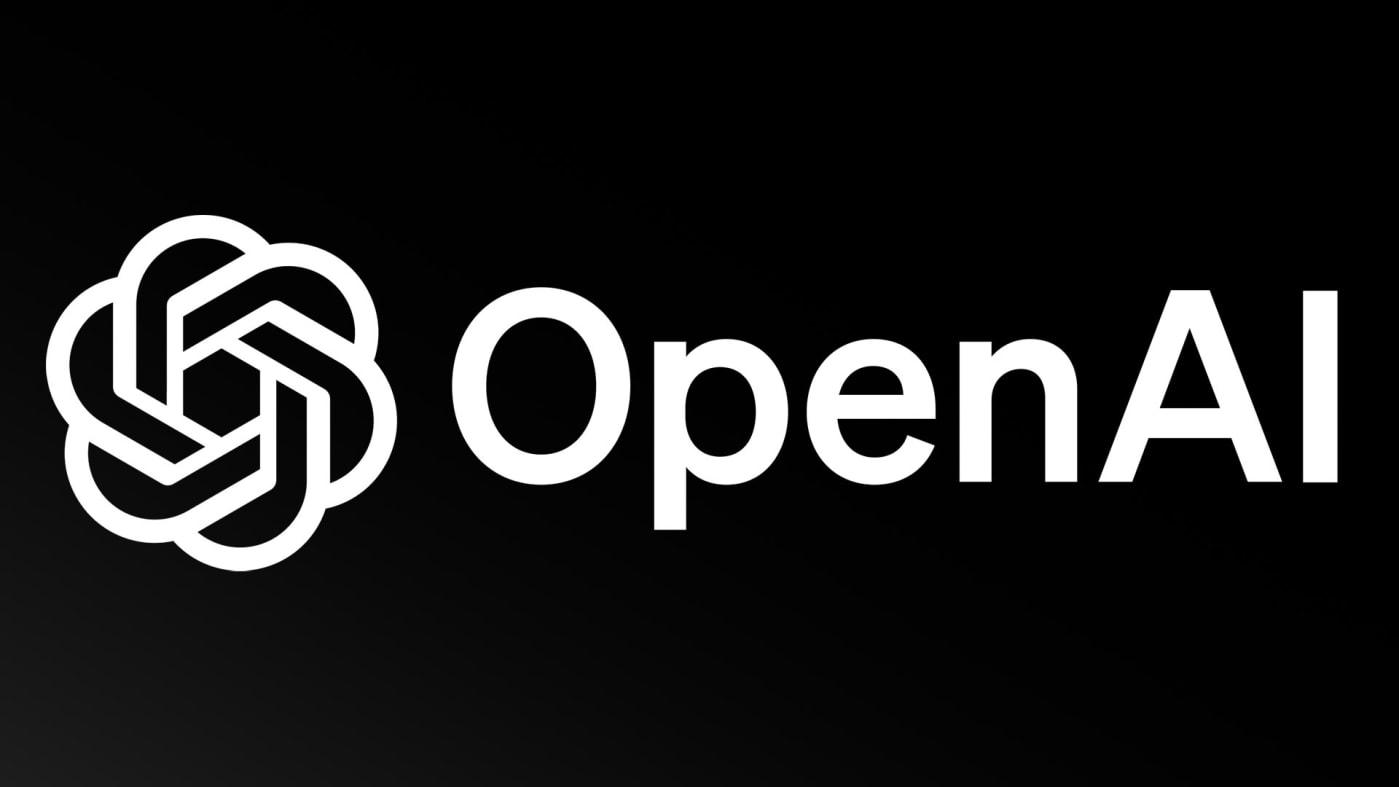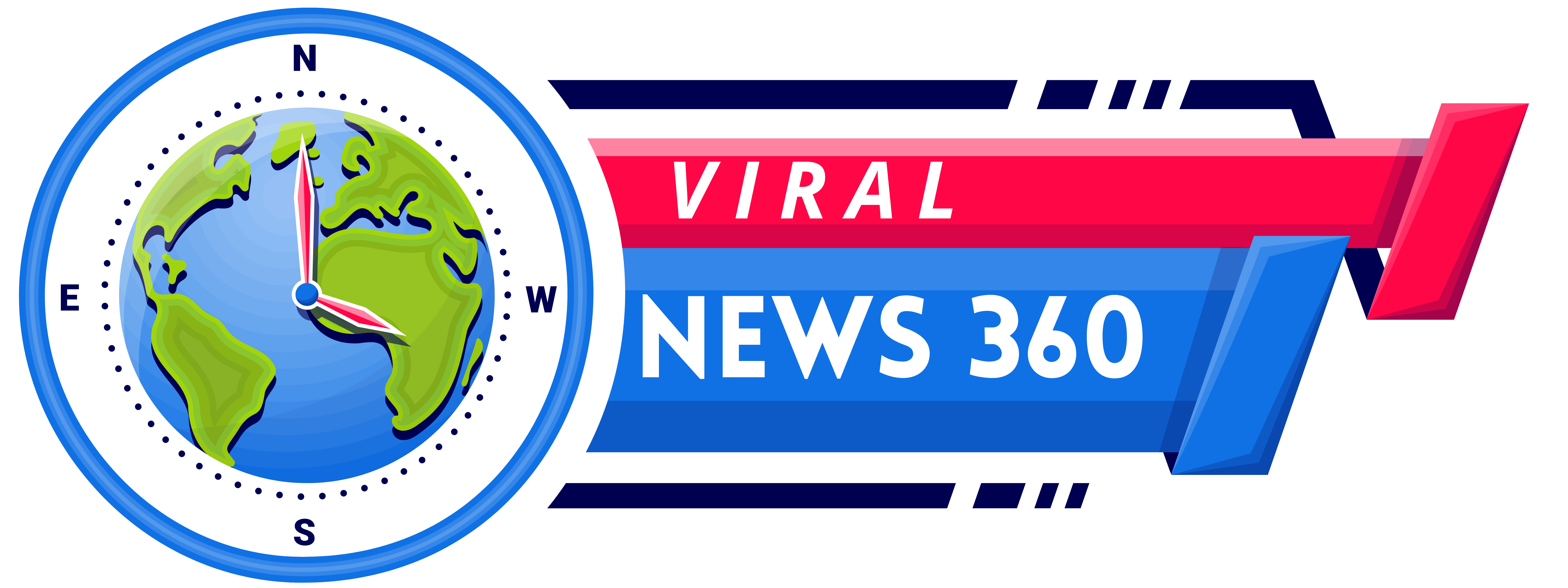Which model describes how data is written to a blockchain ?
Learn about the advantages and challenges of using blockchain technology for data writing. Understand the role of miners, immutability, and other key features of this innovative technology. Discover how blockchain technology is revolutionizing data writing with its secure and transparent ledger system. Explore the benefits and obstacles of using this decentralized approach.
Introduction
Blockchain technology has emerged as one of the most promising innovations in recent years. Devoid of intermediaries, it facilitates secure and transparent transactions via a distributed ledger. The capability of blockchain technology to store data in an immutable and tamper-proof fashion is one of its defining characteristics. However, have you ever pondered the process by which data is appended to a blockchain? This article will examine the various models that delineate the process by which data is appended to a blockchain.
Table of Contents |
The Basics of Blockchain Technology
What is Blockchain?
A decentralized and distributed digital ledger, blockchain technology securely and transparently documents transactions. To put it simply, it is a series of units comprising data that are securely linked via cryptographic means. A timestamp, transaction data, and a cryptographic hash of the preceding block are included in each block. Modifying the data in a single block results in changes to all subsequent blocks as well, rendering data tampering virtually impossible.
How does it work?
Blockchain technology works on a peer-to-peer network where each participant in the network has a copy of the ledge. The participants then validate and verify the transaction using consensus protocols. If the transaction is approved, it is added to a block and then added to the blockchain through a process called mining.
Data Writing Models in Blockchain Technology
As previously stated, various models exist to delineate the process by which data is appended to a blockchain. Let us thoroughly examine each of these models.
Unraveling the Traditional Model
In the conventional paradigm of data writing, a central authority serves as the transaction intermediary. The data is stored in a centralized database, which the central authority can easily manipulate or alter. Due to its lack of security and transparency, this model is susceptible to deception and cyber attacks.
Mastering the Distributed Ledger Model
In contrast, the distributed ledger model obviates the necessity for intermediaries through the storage of data across a decentralized network of nodes. Every node in the network possesses an instance of the ledger, and any modifications implemented to the data necessitate consensus among the nodes for verification and approval. This guarantees the data's integrity, transparency, and resistance to tampering.
Navigating the Consensus Model
Data entry onto a blockchain is significantly influenced by the consensus model. It specifies the protocols and rules by which transactions are approved, validated, and appended to the blockchain. Diverse mechanisms, including proof-of-work, proof-of-stake, and delegated proof-of-stake, are employed to attain consensus.
How Data is Written to a Blockchain?
Following a fundamental comprehension of the various models comprising blockchain technology, we shall now delve into the process by which data is formally appended to a blockchain.
Step 1: Initiation of the Transaction
The transfer of funds, ownership of digital assets, or any other type of data constitutes a transaction. The initiation of a transaction results in its dissemination to every node within the network.
Step 2: Validation and Verification
Afterwards, the transaction is validated and verified by the network nodes utilizing consensus protocols. This process entails verifying the transaction's authenticity, ensuring that the originator possesses adequate funds, and examining the transaction's validity.
Step 3: Transaction Addition to a Block
After a consensus is achieved among the nodes, the transaction, along with other transactions that have undergone verification within a specified time period, is appended to a block.
By including a cryptographic hash of the previous block in each block, an unbreakable chain of blocks is produced.
Step 4: Consensus and Mining
In order to be appended to the blockchain, a block must undergo verification by miners via a procedure known as mining. The objective of the competition for miners is to solve difficult mathematical problems with enormous computing capacity. The block is appended to the blockchain and the miner who first resolves the issue is rewarded with cryptocurrency.
Step 5: The block is appended to the blockchain.
Upon being appended to the blockchain, a block is incorporated into the decentralized ledger. Modifying the data within the block would result in the modification of all succeeding blocks, rendering tampering virtually impossible.
Ledger Updating is Step 6.
By updating the ledger on every network node, the blockchain is maintained in an accurate and current state for all participants.
Advantages of Blockchain Technology in Data Writing
There are several advantages of using blockchain technology for data writing.
Immutability and Tamper-proofing
Once data is written to a blockchain, it becomes immutable and almost impossible to tamper with. This makes it ideal for storing sensitive data as it ensures the integrity and accuracy of the information.
Increased Security
Blockchain technology uses advanced cryptography and consensus protocols to secure data. The decentralized nature of the network also eliminates single points of failure, making it resistant to cyber attacks.
Transparency and Auditability
As the data is stored across a distributed network, it is visible to all participants in the network. This promotes transparency and allows for easy auditing of transactions.
Challenges in Data Writing to a Blockchain
While blockchain technology has several advantages when it comes to data writing, there are also some challenges that need to be addressed.
Scalability Issues
One of the major challenges in using blockchain for data writing is scalability. As the network grows, it becomes more difficult to process transactions and maintain consensus.
Energy Consumption
Mining in blockchain technology requires a significant amount of computing power, leading to high energy consumption. This has been a major concern for environmentalists and may need to be addressed in the future.
Frequently Asked Questions (FAQs) about Blockchain Technology
- What is blockchain technology?
Blockchain technology is a decentralized, distributed ledger system that allows for secure and transparent recording of data through the use of blocks linked together in a chain.
- How does blockchain ensure security?
Blockchain uses advanced cryptographic techniques and consensus protocols to secure data on the network. The decentralized nature of the network also eliminates single points of failure, making it resistant to cyber attacks.
- How do miners contribute to the blockchain technology?
Miners use high computing power to solve complex mathematical problems in order to validate transactions and add new blocks to the blockchain. They are incentivized with cryptocurrency rewards for their work.
- Can data on a blockchain be tampered with?
No, data on a blockchain is immutable and almost impossible to tamper with. Any changes made to one block would require altering all subsequent blocks in the chain.
- What are some challenges of using blockchain for data writing?
Some challenges include scalability issues as the network grows, high energy consumption for mining, and potential regulatory challenges in certain industries.
- What are the advantages of using blockchain technology for data writing?
Advantages include immutability and tamper-proofing of data, increased security through cryptography and decentralization, and transparency and auditability of transactions. [Click here](write faq for above article in Markdown format) to read more about the benefits of blockchain technology.
Conclusion
Blockchain technology has revolutionized data writing by providing a secure, transparent, and immutable way of storing information. By eliminating intermediaries and using consensus protocols, it has made data writing more efficient and secure. However, there are still challenges that need to be addressed for widespread adoption. As the technology continues to evolve, we can expect to see more innovations in data writing on the blockchain. So, it is safe to say that blockchain technology has a bright future ahead. So, what are you waiting for? Keep learning and stay ahead in this ever-changing technological landscape. Happy coding! And don't forget to share your thoughts and opinions on blockchain technology with us in the comments section below.
What's Your Reaction?






















































